
When I was six, my dad took our family on a homeschool field trip to Patriots Point Navel & Maritime Museum in Charleston, SC. I was awestruck from the moment we drove into view of the Yorktown aircraft carrier. After exploring old navy ships, I was hooked—history became my favorite subject and it was fodder for play. And I still love history.
Joy permeates my history learning. Even in times when it became tedious, the thrill of mastering the subject never left me. That experience with my dad set the tone for my learning.
As homeschool parents, we want our children to have joy in learning. I want my daughters to love history as much as I do.
Joy of Learning in the Bible
Do we have a scriptural expectation to find joy in learning? We should start by looking at our expectation to have joy in our work. Then we can examine the connection between learning and work.
Taking Joy at Work
Most Americans view work as a drudgery, a long slog until they get to what they really want: a weekend full of pleasure. One way to summarize the American Dream is “work hard so you can play harder.”
But that’s not a scriptural view of work. The book of Ecclesiastes tells us three times that “a man… should make his soul enjoy good in his labor” (Ecclesiastes 2:24, see also Ecclesiastes 3:12-13 and Ecclesiastes 5:18-19). And for good reason. The Lord intends that we “enjoy the good of all [our] labor” (Ecclesiastes 5:18). Even better, we should enjoy our labor because God gives us the power to work (Ecclesiastes 5:19).
Best of all, the work itself is given by God. In the beginning, God gave mankind dominion over creation. Even before the Fall, Adam and Eve worked by dressing the garden and naming the creatures. So when we take up a lawful task to meet a legitimate need, we are fulfilling one of God’s original intents for us.
You know, we, as parents, experience this every year at Thanksgiving or Christmas. We invest long hours on our feet in the kitchen preparing a feast. Some parts are fun, like making pie filling. Others are tedious, like peeling ten pounds of potatoes. Then there’s the layer of dust to clean from the fine china. And, of course, we can’t use the dishwasher for that! But what a joy it is to cook with your family and see them delight in the meal! Even scrubbing the grease off the turkey roast pan can be satisfying.
Let’s not lose sight of the joy we can have in the work of homeschooling our children. Some parts may be fun, and others tedious, but the final result is priceless. It is God’s calling for us, and we can and should find joy and satisfaction in it.
Work and Learning
Since God intends for us to have joy in our work, can we apply that to our children’s learning? In Isaiah 28, the Lord makes an important connection between learning and working.
In this passage, the prophet confronts the proud farmers of his day. He asks them a series of questions about the fundamentals of farming. Do they plow? Are they planting seed? What about the careful arrangements they make in planting their seeds? “Of course!” the farmers are thinking. Then Isaiah asserts, “For his God doth instruct him to discretion, and doth teach him” (Isaiah 28:26). You can imagine these arrogant men thinking: “No he didn’t; I figured that out on my own,” or, “My dad taught me that, not God.” But they’re missing the point. God created His world to work a certain way. When we adjust our lives through careful observation to the way He made the world, we are learning from Him. The learning is coming from His hand.
The learning and the work both come from God’s hand. For our kids, their primary calling—their work—is to learn. It enables them to exercise dominion over creation, just like the farmers from Isaiah’s time. And just as God gives joy to the laborer, we can expect God to give joy to our children while they work at their calling of learning.
I love teaching history to my daughters. My dad inspired a lifelong love of learning about the past, and now I get to share it with his grandchildren. Homeschooling is one of our most blessed callings. What a delight it is to be right there, when the light bulb goes off for our children and we see the joy! What we’re witnessing is our children receiving the gift of joy in learning from God’s own hands.

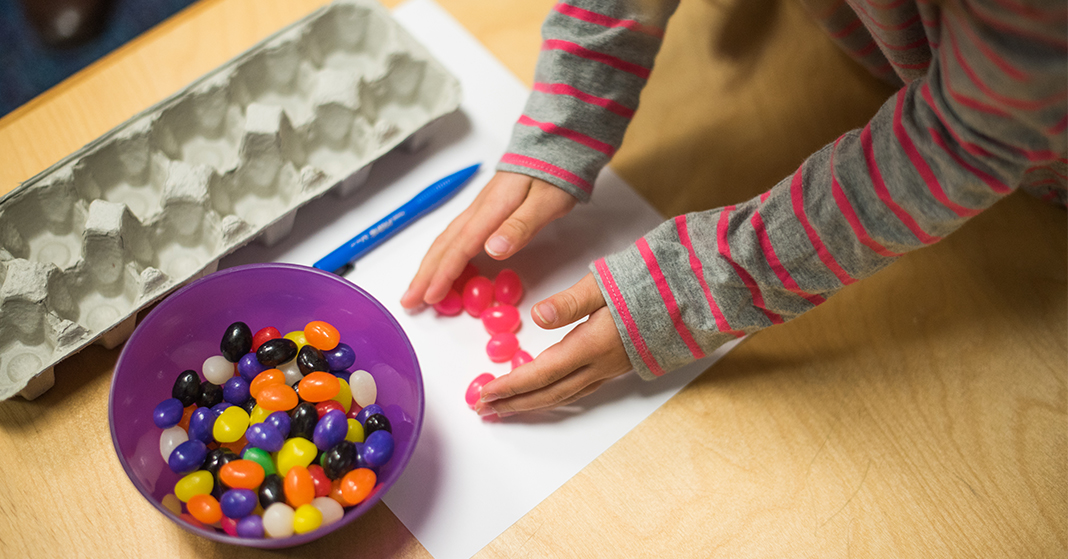

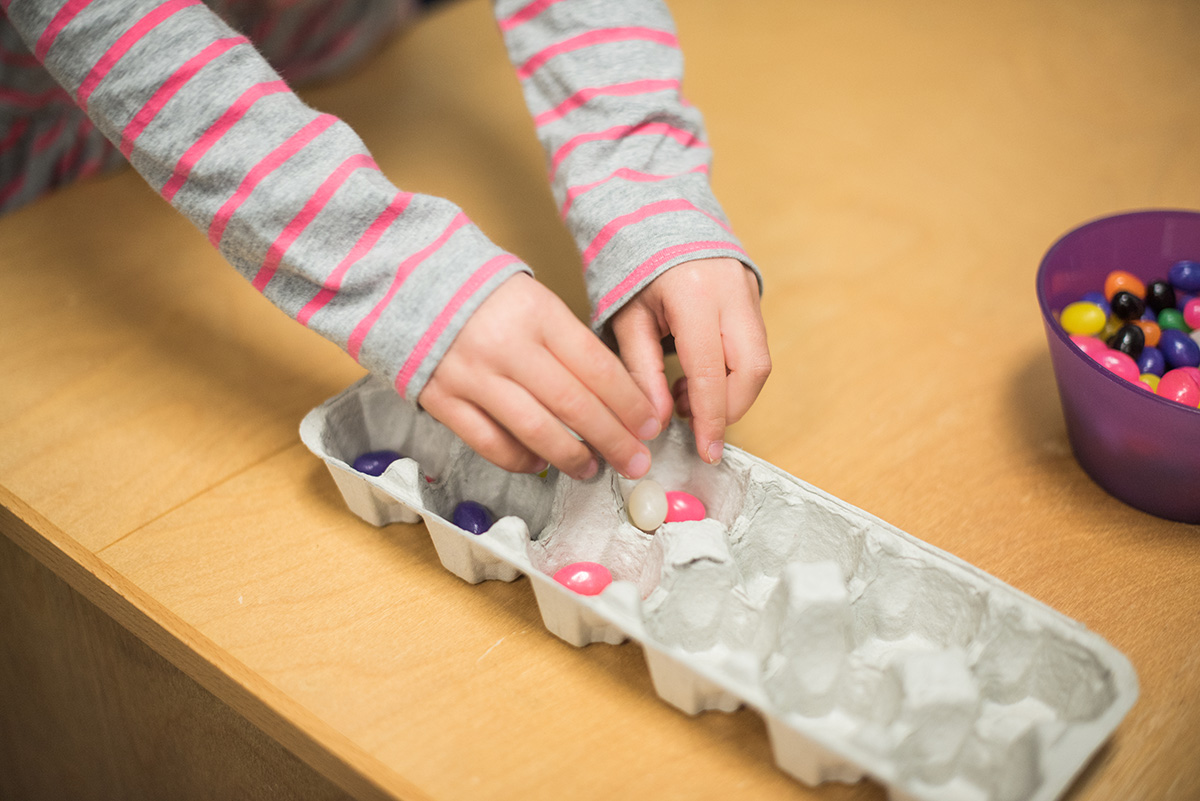
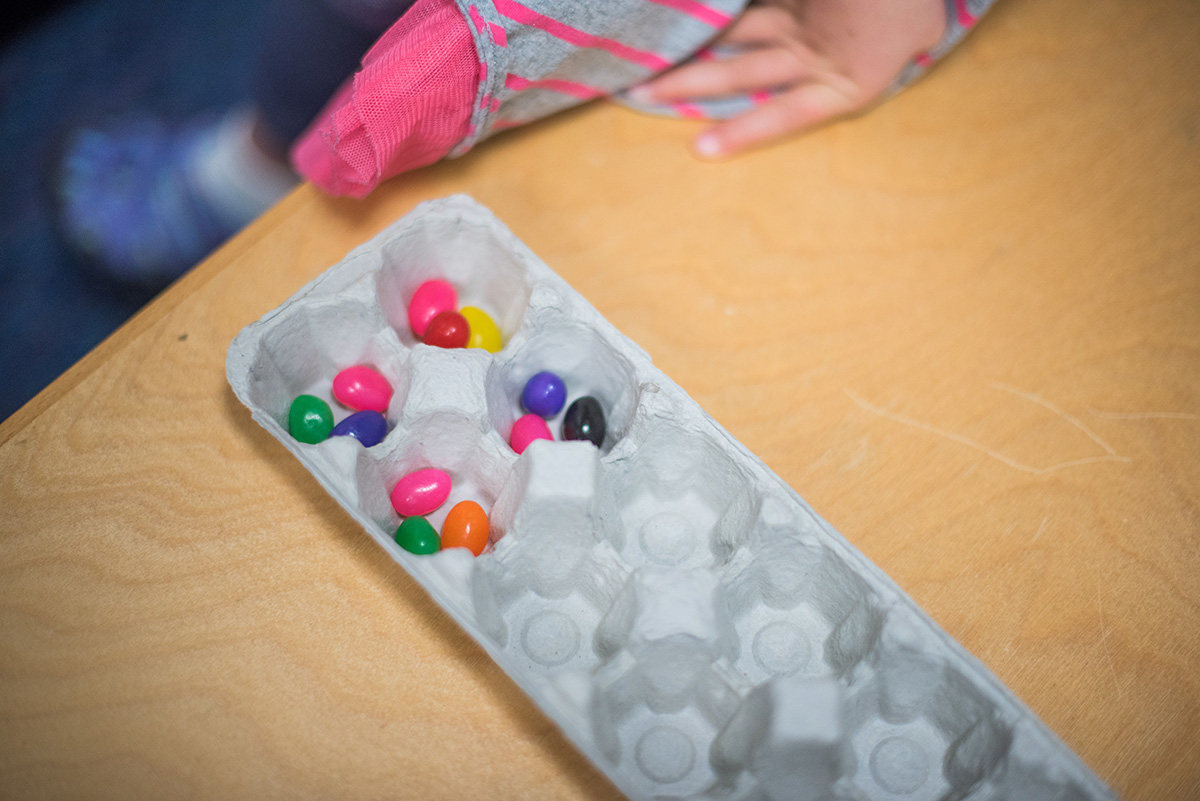
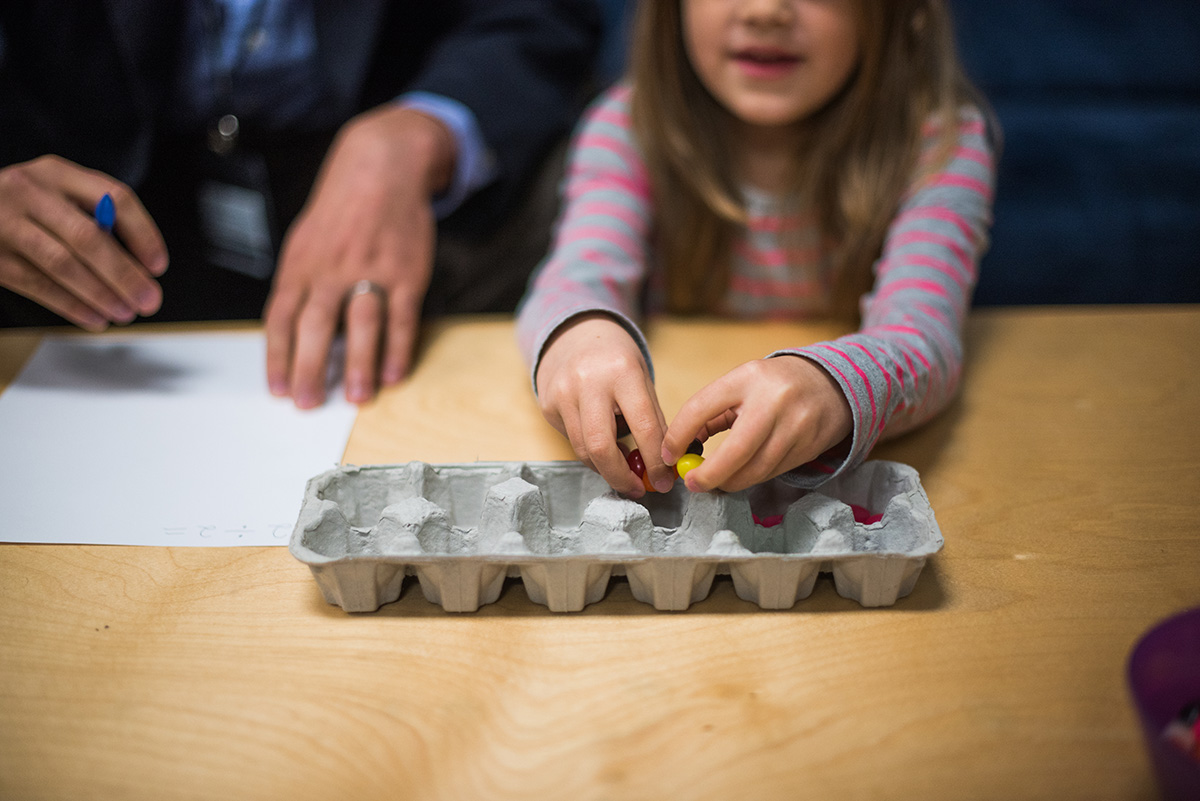
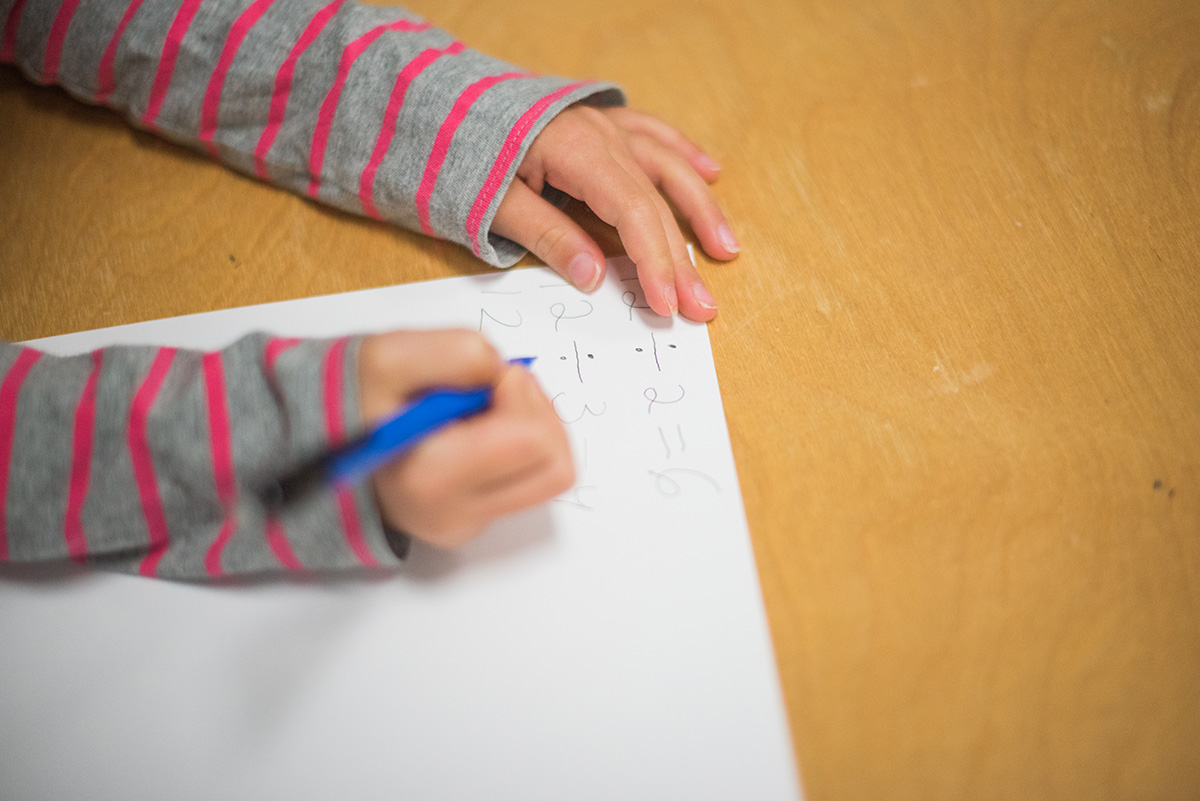
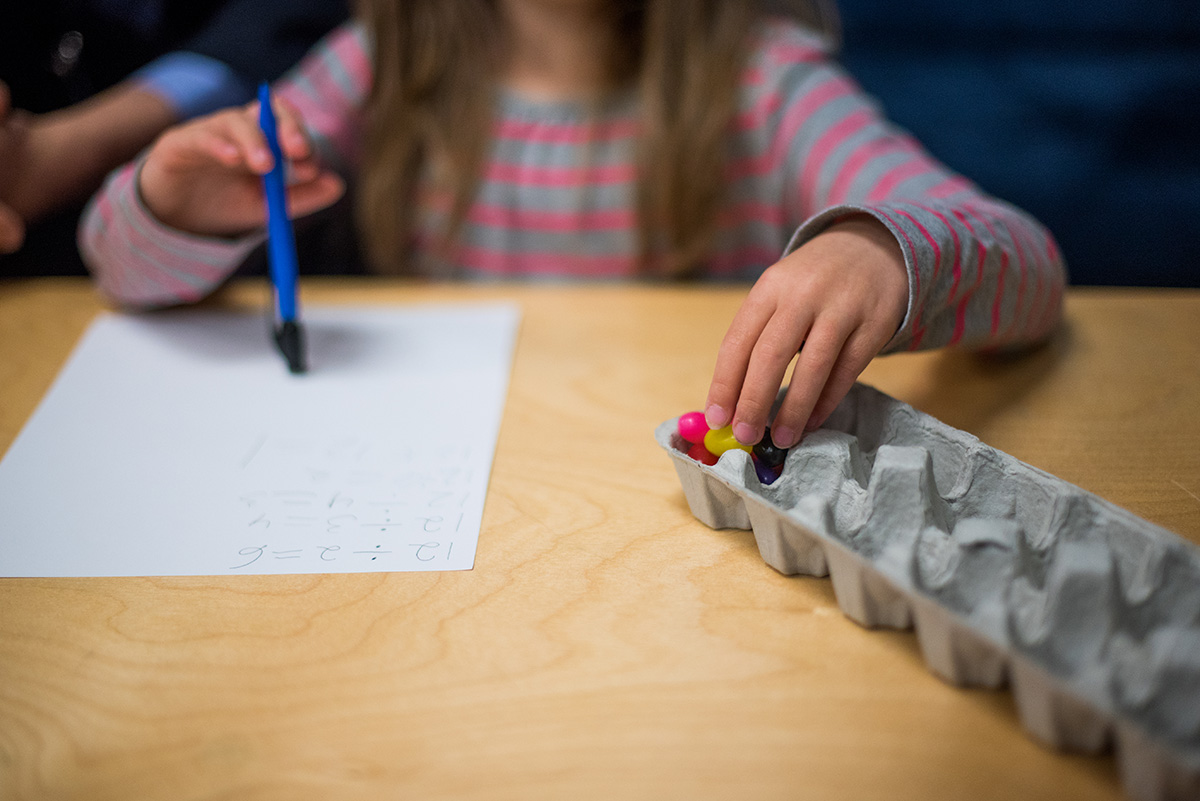 Sustained Learning
Sustained Learning
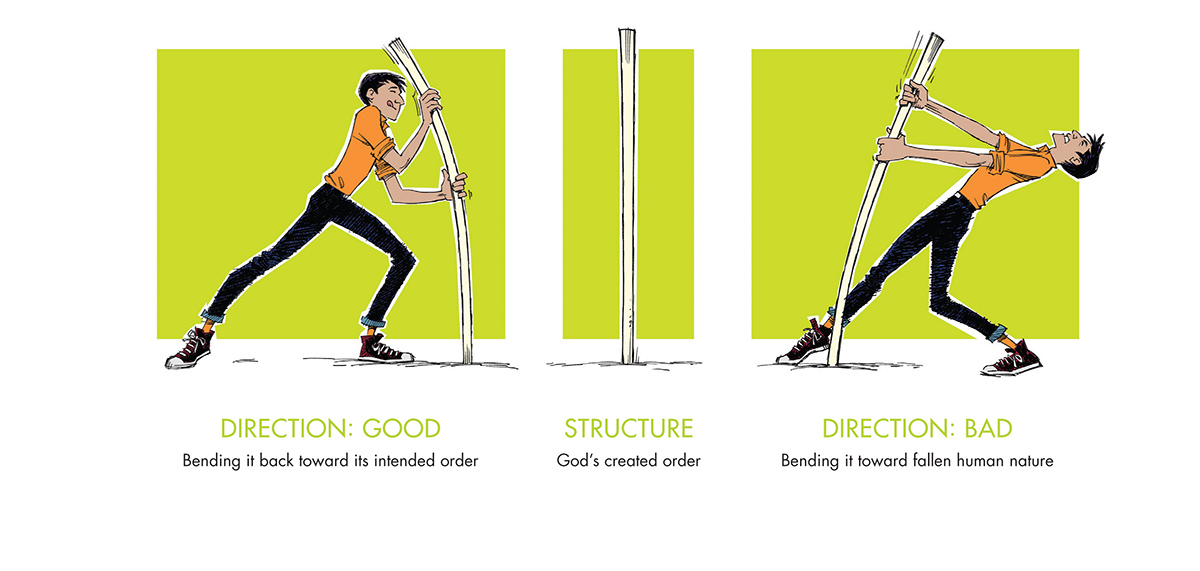
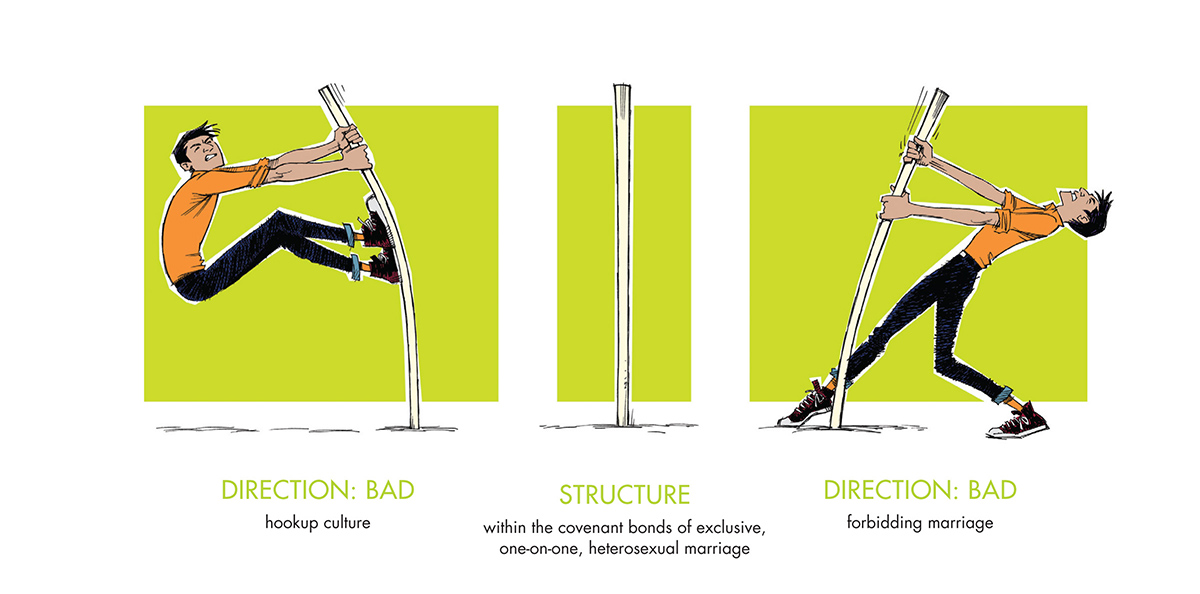 Redemptive Direction
Redemptive Direction

